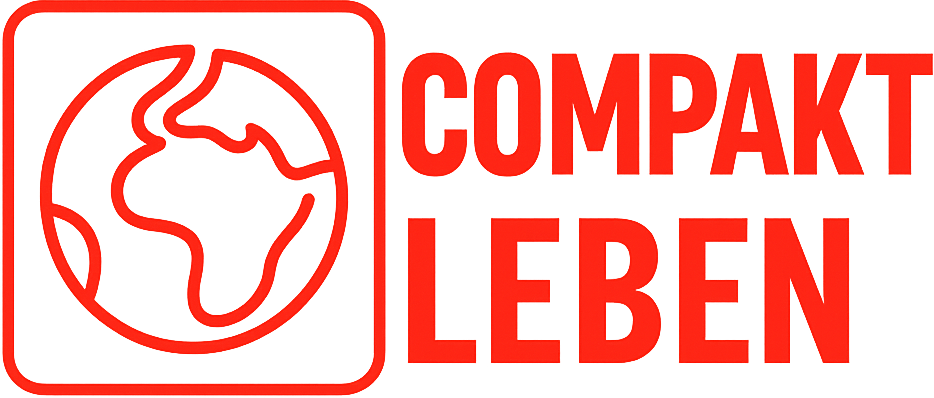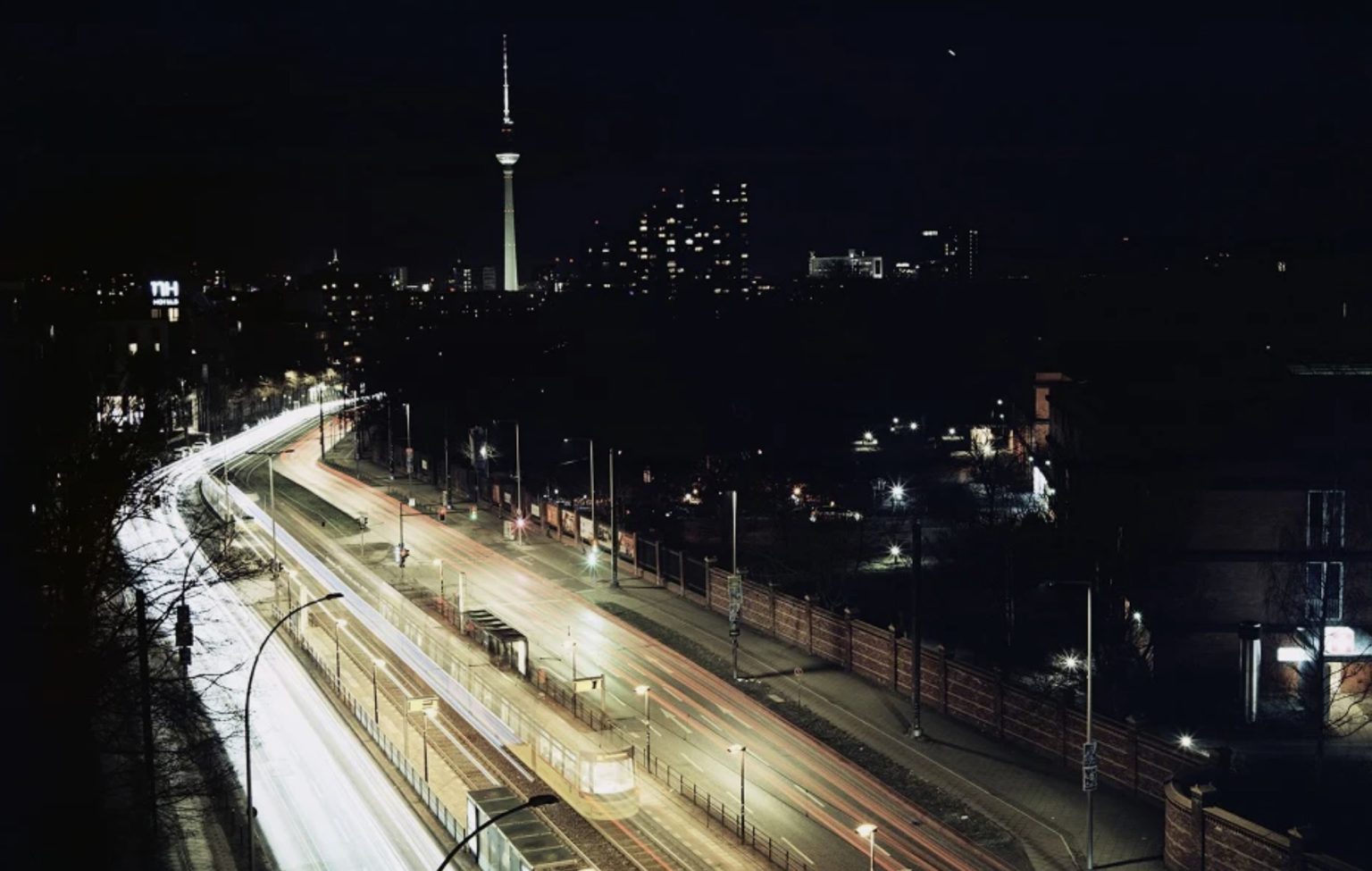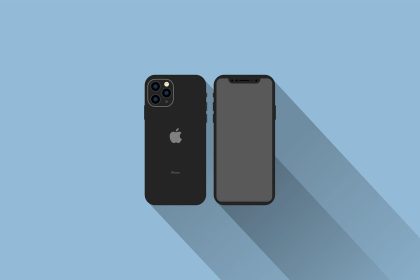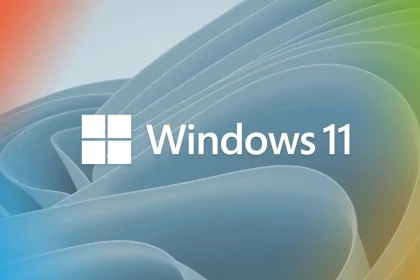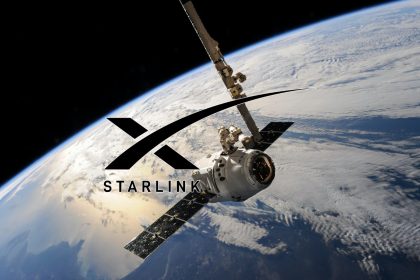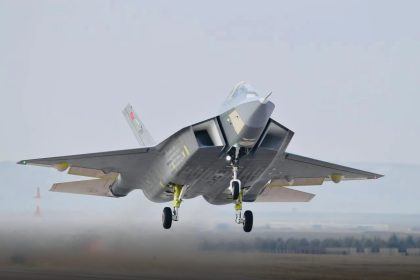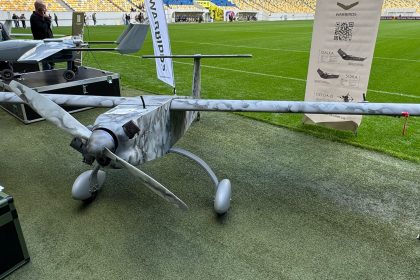When photographers discover 4×5 film scans, they often find themselves rediscovering what made them fall in love with photography in the first place — that perfect blend of technical precision and artistic expression.
The question of choosing between 4×5 film and digital capture doesn’t have to end in picking sides. In this article, we’ll explore how modern scanning bridges these two worlds, examining the unique strengths of each format and discovering why many photographers are embracing a hybrid workflow that combines the best of both approaches.
The Strengths of 4×5 Film — Why It Still Turns Heads
Large-format photography offers an experience unlike any other in the imaging world. The careful process, the enormous negative size, and the distinct movements possible with 4×5 cameras all contribute to something extraordinary. These factors combine to produce images with qualities that digital sensors still can’t quite match. Let’s explore the main advantages that make 4×5 film photography stand out in today’s digital age:
- Incredible resolution for large prints
The sheer size of 4×5 negatives captures an astonishing level of detail. Every subtle texture and tone gets recorded with breathtaking clarity, allowing for enormous prints that maintain their sharpness even under close inspection. The natural grain structure creates organic detail that feels alive and present.
- Rich tonality and subtle gradients
4×5 film’s dynamic range handles both shadows and highlights with remarkable grace. The way it transitions between tones gives images a three-dimensional quality that feels more like looking through a window than at a photograph. These subtle gradations create depth that digital often struggles to match.
- Exceptional depth and dimensionality
The unique movements possible with 4×5 cameras, combined with film’s natural rendering of space, create an almost tangible sense of depth. Subjects seem to exist in real space rather than appearing flat on the page. This dimensional quality becomes especially apparent in architectural and landscape photography.
What Makes Digital Photography Great
The digital revolution has transformed how we approach photography. Modern sensors and processing have created new possibilities that were unimaginable in the purely analog era. The immediacy and flexibility of digital capture have become essential tools for many photographers. Here are the three key advantages that make digital photography indispensable in modern workflows:
- Fast workflow
Digital cameras eliminate waiting time between capture and review. You can see your results instantly, adjust your approach on the fly, and deliver images to clients within hours rather than days. This immediate feedback loop transforms how photographers learn and refine their technique.
- Instant previews
The ability to check composition, exposure, and focus immediately has revolutionized the photographic process. This instant confirmation helps photographers nail critical moments without the anxiety of wondering whether they got the shot. Digital previews particularly shine in challenging lighting situations.
- Unlimited shots
With no film costs to consider, photographers can experiment freely and push creative boundaries. The freedom to shoot without counting frames encourages exploration and helps develop new techniques. This unlimited approach opens up possibilities for capturing fleeting moments that might otherwise be missed.
The Downsides Nobody Talks About
Every photographic medium has its own set of challenges. Recognizing these limitations helps photographers make informed choices about their tools and workflows. The key is understanding when these drawbacks are relevant to your specific needs. Let’s look at the four main challenges photographers encounter when working with large-format film:
- High cost per shot
4×5 film scanning involves a significant expense for each frame. Beyond the film itself, specialized equipment and careful handling add to the cost. Each shot becomes a considered decision, which can be both a creative constraint and a financial burden.
- Slower workflow
The methodical nature of large-format photography demands time and patience. Setting up shots, managing film holders, and waiting for processing all add steps to the creative process. This deliberate pace can be either meditative or frustrating, depending on your goals.
- Limited availability of labs
Finding qualified labs for 4×5 film scanning service becomes increasingly challenging. The specialized knowledge required for handling large-format film means fewer facilities offer these services. This limitation can affect both convenience and turnaround time.
- Special handling and storage
Large-format film demands meticulous care throughout its journey. Temperature control, humidity management, and careful physical handling become crucial considerations for preserving image quality. These requirements create additional responsibilities that extend well beyond the moment of capture.
4×5 Film Scanning as the Bridge Between Analog and Digital
Modern scanning technology creates an elegant solution to the film versus digital debate. High-end scanning preserves the unique characteristics of 4×5 film while adding digital flexibility and convenience.
Preserve Film Detail & Tonal Range
Professional scanning unlocks the hidden potential within each large-format negative. The process preserves qualities that make 4×5 film truly special, capturing:
- Microscopic detail retention
- Shadow-to-highlight transitions
- Natural grain structure
- Color accuracy and depth
- Edge-to-edge sharpness
This level of preservation ensures that your images maintain their dimensional presence, while the careful digitization protects every nuance that makes large-format photography so compelling.
Convert Negatives to Editable Digital Files
The journey from analog negatives to digital files requires careful handling and precise equipment. Professional 4×5 film scanning ensures that every subtle detail of your work translates into rich, flexible digital files that preserve the essence of large-format photography while expanding new creative possibilities in post-processing. The results speak for themselves.
Print, Share, and Archive Without Quality Loss
Digital scans enable multiple output options while protecting your original negatives. High-resolution files enable various print sizes, facilitate easy sharing, and provide secure backup of your precious images. Each scan becomes a digital masterprint, ready to be reproduced faithfully for generations to come.
Shoot on 4×5, Scan, and Enjoy the Best of Both
The future of large-format photography doesn’t mean choosing between traditional and modern approaches. By combining the unique qualities of 4×5 film with professional scanning, photographers can preserve the magic of large-format photography while embracing the convenience of digital technology.
This hybrid workflow offers the best of both worlds — the unmatched quality of 4×5 film with the flexibility of digital processing. It’s not about old versus new, but about choosing the right tools to realize your creative vision.
